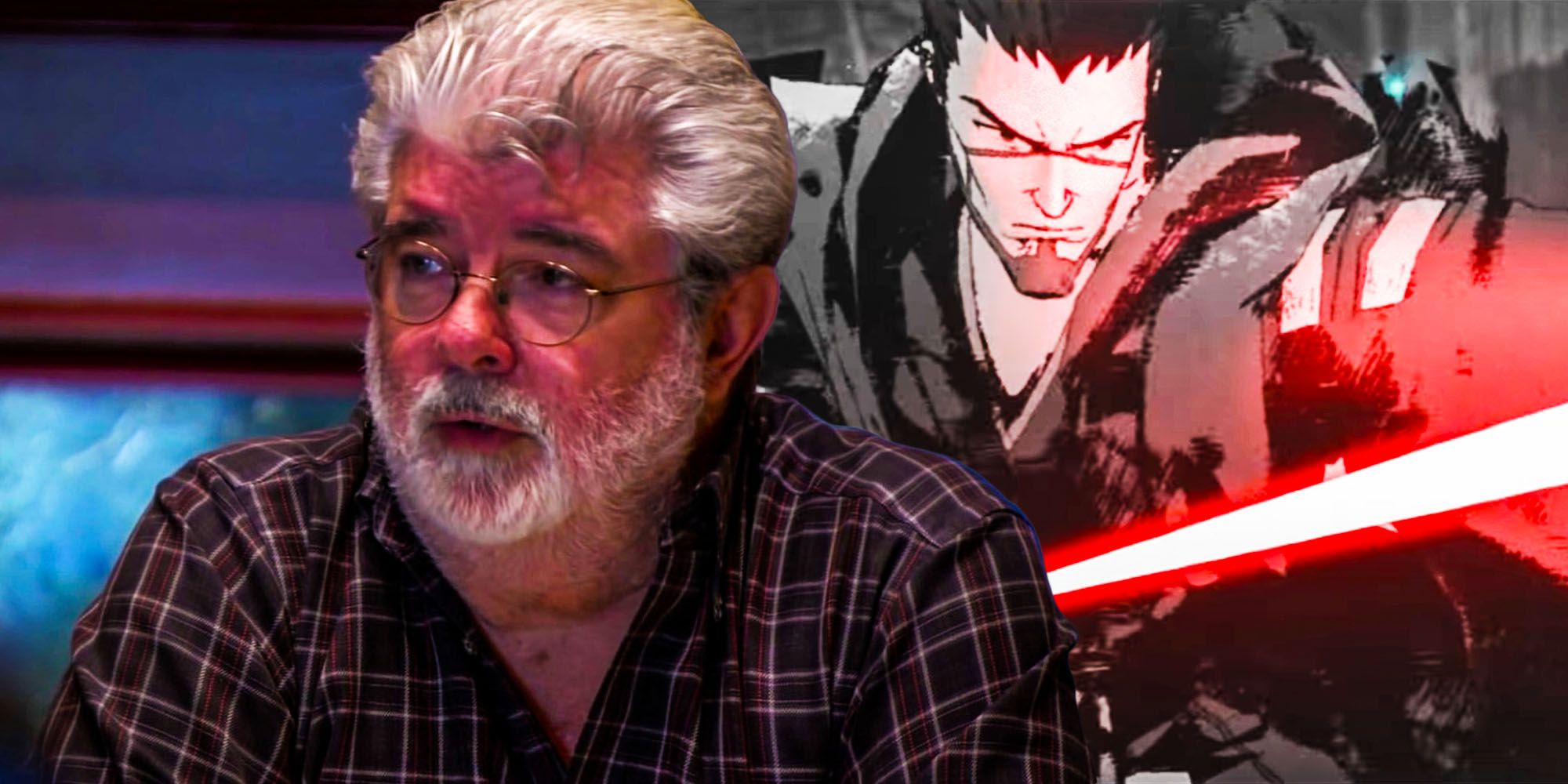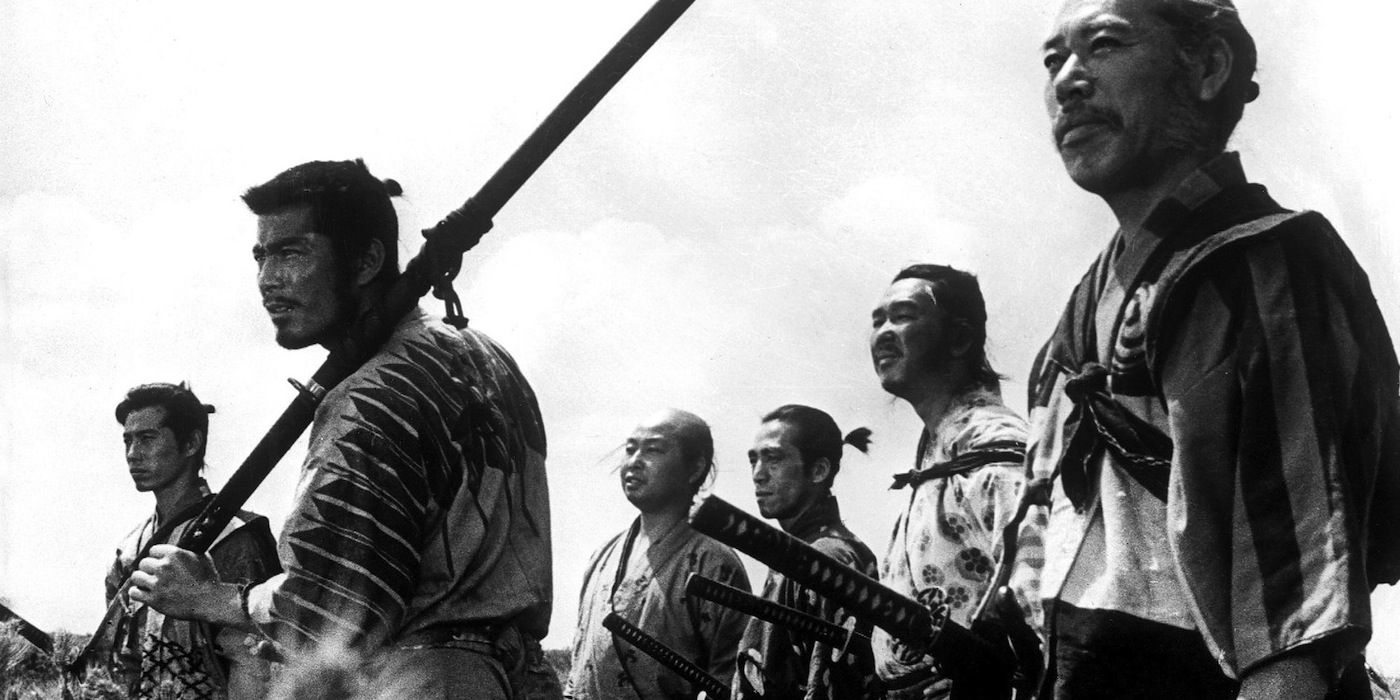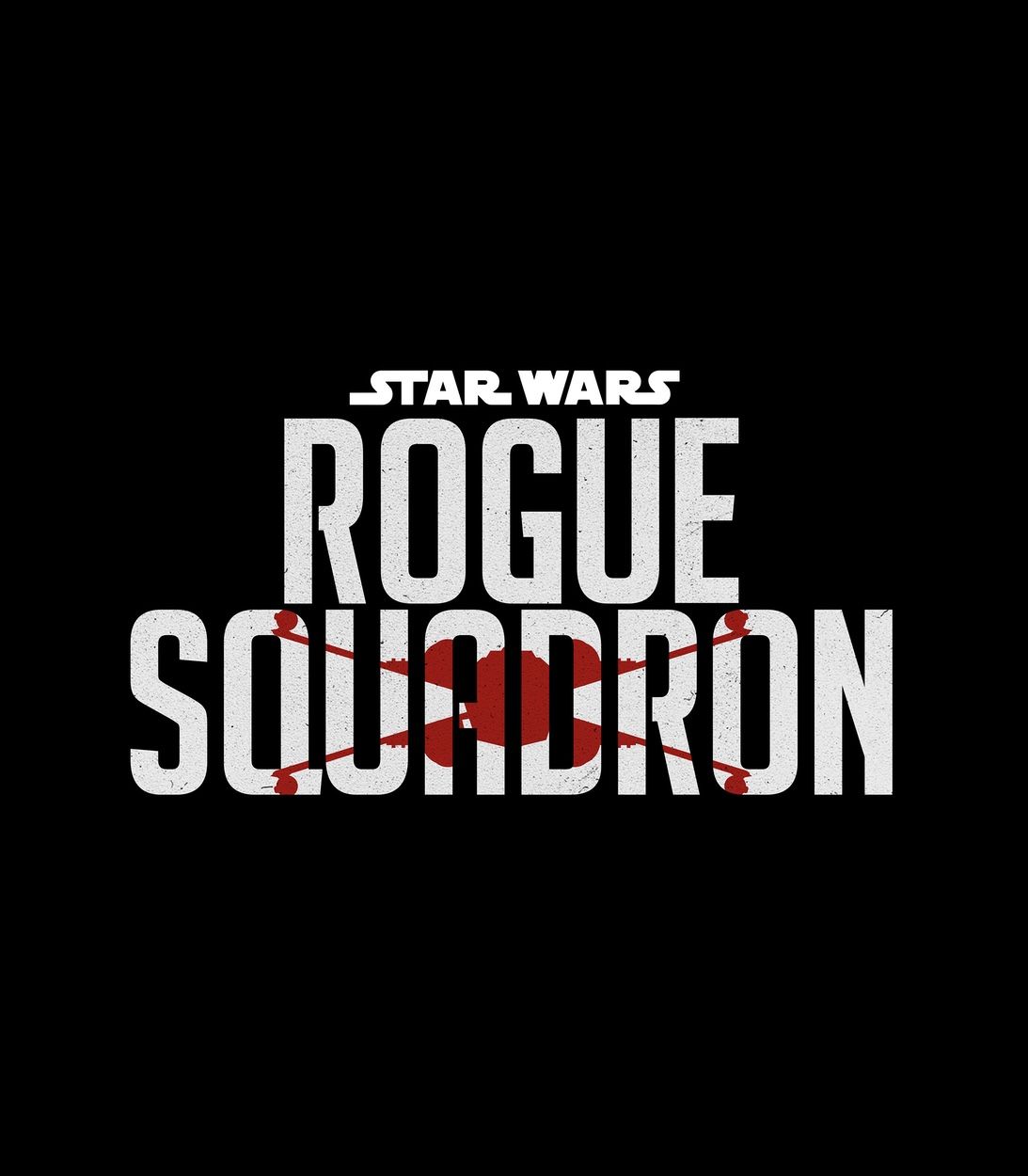Star Wars: Visions is bringing the long-running saga full-circle by embracing George Lucas' Japanese inspiration for the franchise. While the all-new anime series is definitely a fresh medium for new Star Wars stories, the relationship between Japanese film/storytelling and the iconic galaxy far, far away goes back decades to the early days of Lucas' development of the first film. Finally, after all these years, Star Wars is set to take that inspiration to the next level.
Set to stream on Disney+ beginning September 22, Star Wars: Visions is an ambitious anthology series brought to life via some of Japan's greatest anime storytellers. Taking place outside of the established canon and unrestricted by a need to adhere to the continuity of the Star Wars Skywalker Saga, Visions will tell an all-new story in each of its nine episodes, with a different creative team and animation style taking center stage for every installment. The stories will stretch across every corner of the Star Wars timeline, with some taking place years before and after the films in the franchise.
But while Visions will be a first for Lucasfilm, the series already feels like a culmination of George Lucas' own vision for Star Wars. It's no secret that George was heavily inspired by Japanese cinema when constructing the world, characters, and story of his saga. To have the series finally embrace its Japanese heritage in a medium as imaginative and creatively unrestrictive as anime feels not only incredibly appropriate, but also long overdue.
When first conceiving of Star Wars in the early 1970s, an inspired George Lucas found himself drawing upon the style and aesthetics of Japanese films, particularly those made by the legendary Akira Kurosawa. As many of the Star Wars faithful are well aware, the concept of a sword-wielding hero teaming up with an old man and two comedic sidekicks to save a princess from a murderous villain came directly from the plot of Kurosawa's The Hidden Fortress (1958). Elements of the first Star Wars movies can also be found in films like Kurosawa's The Seven Samurai (1954), Ishiro Honda's Battle in Outer Space (1959), and Tetsuya Yamauchi's The Magic Serpent (1966).
In the decades following the development of the original Star Wars trilogy, homages to Japanese cinema have continued to pop up across the saga. Lucas and Dave Filoni paid tribute to Seven Samurai with an episode of Star Wars: The Clone Wars, and Rian Johnson's Star Wars: The Last Jedi includes overt references to Kurosawa's Rashomon (1950). Even The Mandalorian's central idea of a lone bounty-hunting warrior traveling through dangerous lands with an infant sidekick is lifted from the Lone Wolf and Cub franchise. With all of this inspiration helping to fuel the continuing success of the saga, it's only natural that new Star Wars stories should be tackled by Japanese filmmakers. At the end of the day, Star Wars: Visions isn't just an anime spin-off of the franchise, but a chance to fuse the inspiration and the inspired together to create something new, exciting, and right at home in the world George Lucas created.



